5 Paths to Victory for Ukraine in Its War With Russia
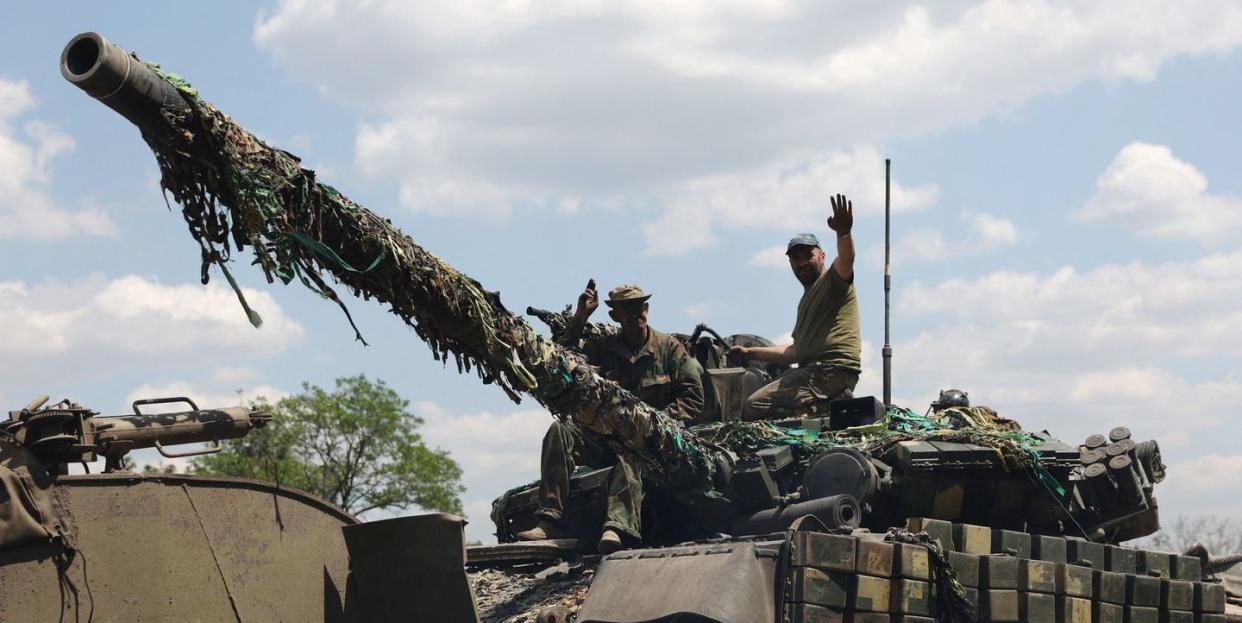
A new report analyzes Russia’s invasion of Ukraine.
The report concludes Ukraine can win, but it needs international support in the form of equipment and ammunition to carry on the fight.
The report lists a number of weapons Kyiv needs to force Russia out of its territory, including rocket launchers and anti-tank missiles.
Ukraine can beat Russia in the field and recapture its lost territory, but only with considerable support from NATO and the West. That’s the conclusion of a new report by researchers who have recently returned from the country and written up their findings. To turn the tide, Ukraine needs greater quantities of military equipment from the United States and other supporters, arms that nullify Russian advantages while allowing its troops to exploit Russian disadvantages.
If the West doesn’t step up and help Ukraine, the report warns, the conflict risks entering an attritional phase that “risks a protracted war, eventually favoring Russia.”
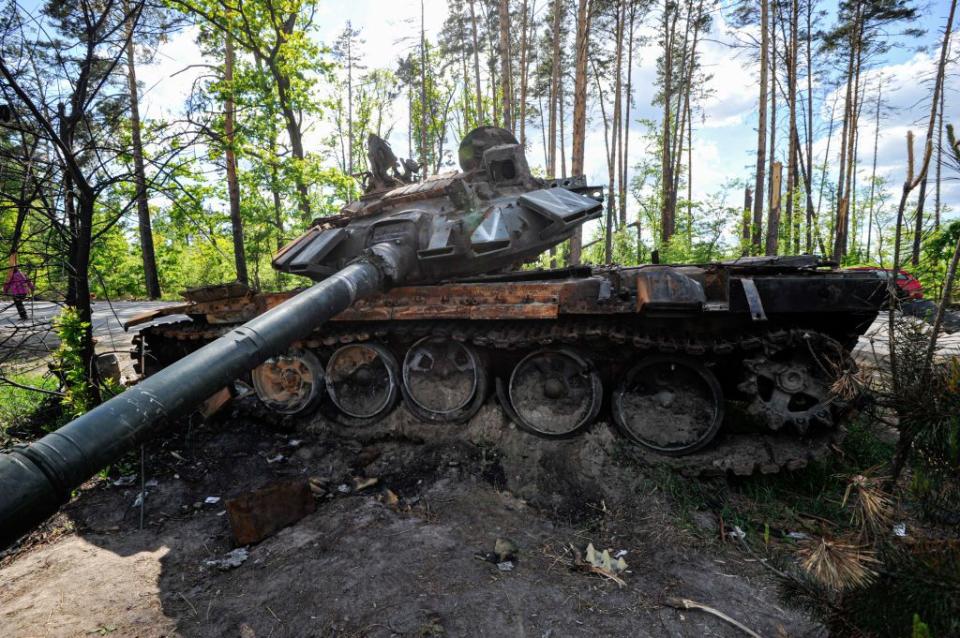
The report, Ukraine at War: Paving the Road from Survival to Victory, was published by the U.K.-based Royal United Services Institute. The report states that Ukraine has “the will to achieve the operational defeat of the Russian military” but is unable to force victory due to a lack of tactical mobility, key equipment, and other factors. Meanwhile Russia’s military maintains the upper hand in precision guided missiles, artillery, and electronic warfare. As a result, Ukraine is unable to mass fast-moving combat forces, preventing it from executing swift, powerful counterattacks.
Ukraine’s armed forces have succeeded beyond all expectations, however. Many analysts believed Kyiv would fold quickly under the massive weight of the Russian military. However, Ukrainian military reforms instituted since Russia’s 2014 occupation of Crimea, Western military aid, and poor performance by the Russian military have resulted in a retreat on one front (Kyiv) and a grinding slog in the eastern Donbass region. The conflict has turned into a largely artillery and infantry war, with neither side able to achieve decisive victory.
Here are five takeaways from the report:
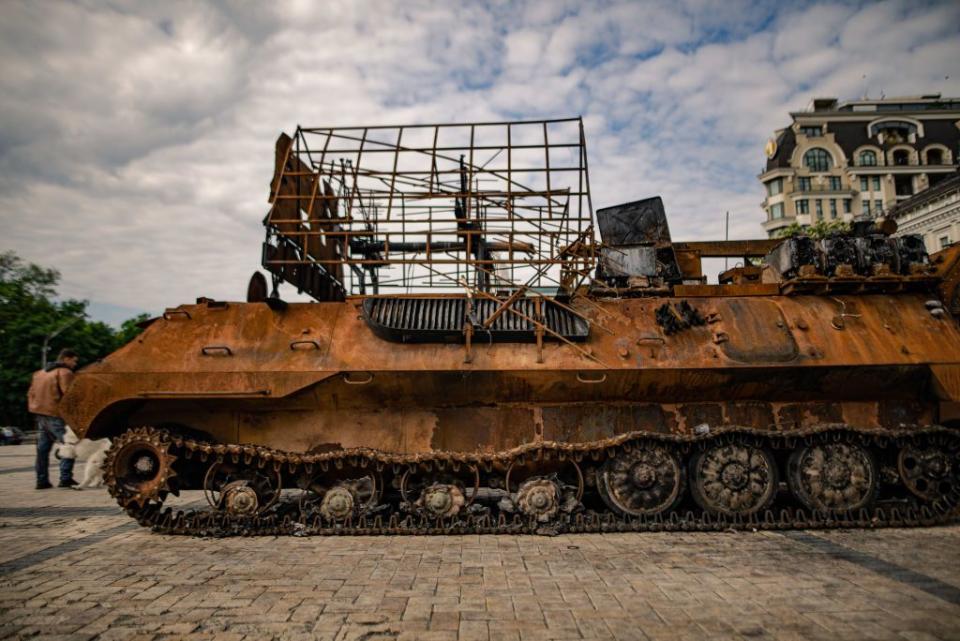
Ukraine Must Defeat Russian Electronic Warfare
Russian electronic warfare systems are preventing Ukraine from creating a “kill chain” that would allow it to quickly crush enemy forces. Kill chains in military parlance are the network of observers, from human scouts to drones, tied to headquarters units via radio communications. Observers would report enemy troop movements to headquarters units, which would in turn assign targets to friendly artillery. The RUSI report states Russia is disrupting Ukraine’s kill chain by jamming communications, preventing observers, headquarters, and artillerists from talking to one another.
The solution, according to the report, is to use anti-radiation missiles to target Russian electronic warfare systems. Jammers broadcast on the radiofrequency spectrum, and their radio emissions can be detected by enemy forces. The next step is to target these jammers with anti-radiation missiles that home in on broadcasts. Once these systems are eliminated, Ukrainian forces can operate much more efficiently, targeting Russian troops faster than ever before.
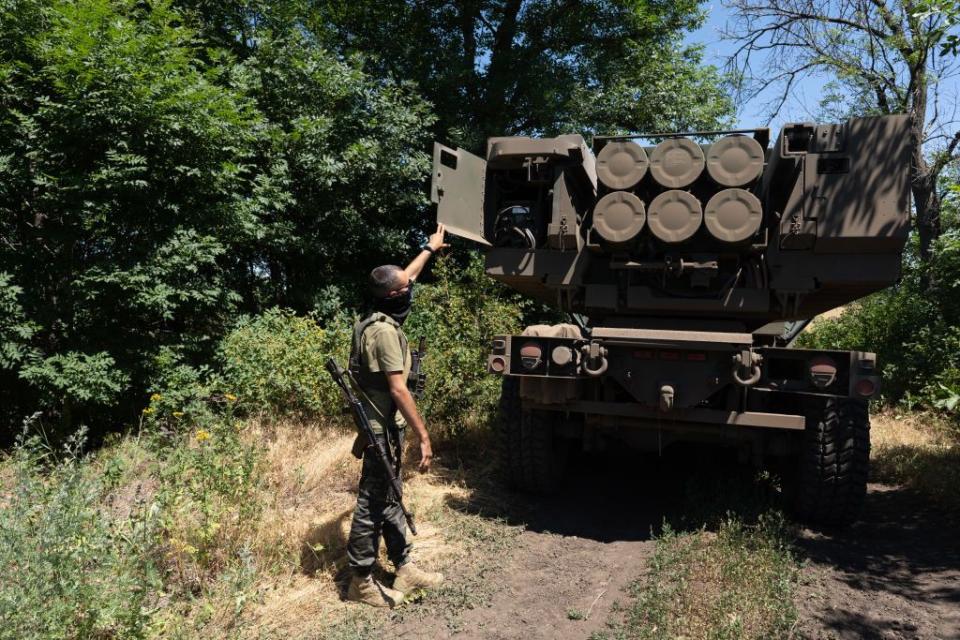
Ukraine Needs Rockets, Lots of Them
The RUSI report also highlights the importance of multiple launch rocket systems (MLRS). These systems, particularly the M270 tracked MLRS system and the M142 HIMARS truck-mounted system, utilize the Guided Multiple Launch Rocket System (GMLRS) rocket, which uses GPS guidance to deliver a high explosive warhead up to 43 miles. Unlike most rocket launchers, which rely on saturating a target with many relatively inaccurate rockets, a HIMARS system is essentially a precision guided weapon capable of targeting six different, specific targets with six different rockets.
The United States has committed eight M142 HIMARS rocket systems to Ukraine, each of which can transport and launch up to six GMLRS rockets at a time. Norway and the United Kingdom are each sending three of the larger, heavier M270 systems. The M270 is an older tracked system that can transport and launch up to 12 rockets. Fourteen MLRS systems is a start, but Ukraine could use dozens more.
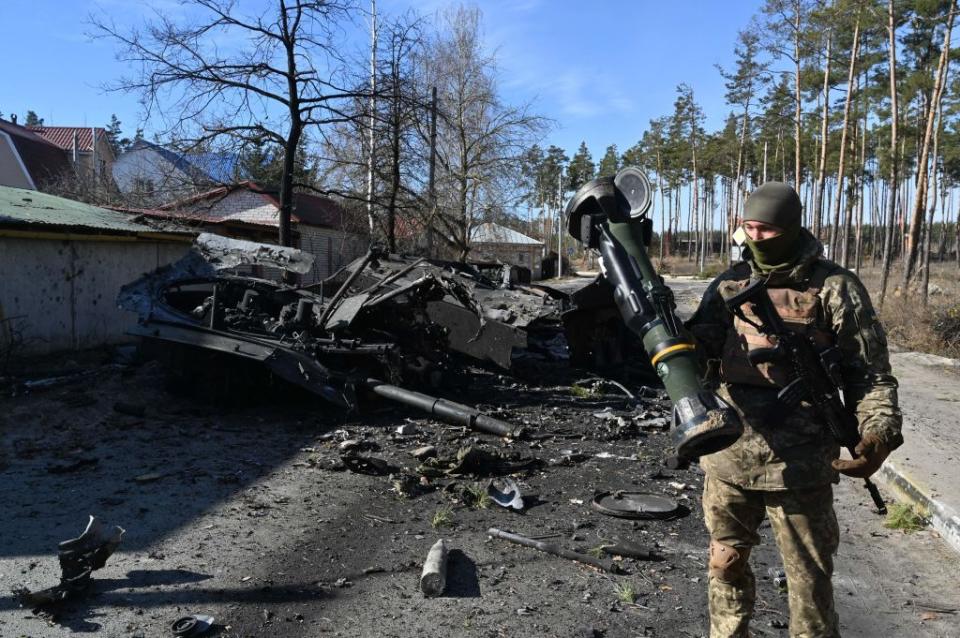
Tank Killers Are More Important Than Ever
Another major requirement outlined in the report is more anti-tank weapons. The Swedish NLAW short-range anti-tank weapon and the American Javelin medium to long range anti-tank missile both gained fame early in the conflict, destroying large numbers of Russian tanks and armored fighting vehicles. This prevented Russian forces from massing armor for major attacks and turned the hunters into the hunted.
Russia’s armored forces have suffered severe losses, with more than 800 main battle tanks destroyed, abandoned, or captured. Moscow has thousands more tanks and given time can refit its tank, motor rifle, and other formations and recommit them to battle. In the open, rolling terrain of the Donbass, tanks can move more freely and have a greater impact on the battle, with serious consequences for Ukrainian defenders. A steady supply of anti-tank weapons can continue to keep Russia’s armored forces in check.

Armored Troop Carriers
A lack of modern armored vehicles means that many of Ukraine’s infantry are operating as light infantry. Light infantry travel on foot, are limited to what weapons they can carry on foot, and lack armored protection. While light infantry have certain advantages, particularly in urban combat, they are also unable to stay one step ahead of artillery barrages or sit in protected vehicles and ride them out. Light infantry, advancing on foot, are also unable to make quick advances across the battlefield.
The report recommends “protected mobility to enable Ukrainian troops to maneuver under artillery threat.” This could include armored personnel carriers (APCs), armored vehicles that carry troops up to the front line, whereupon they fight dismounted. It could also include infantry fighting vehicles (IFVs), more heavily armored vehicles designed to transport troops across the battlefield itself. The Netherlands, the United States, Lithuania, the U.K., Australia, Denmark, and Portugal have donated roughly 300 APCs while Slovakia, Poland, and the Czech Republic have donated approximately 135 IFVs. Ukraine could easily use hundreds more.
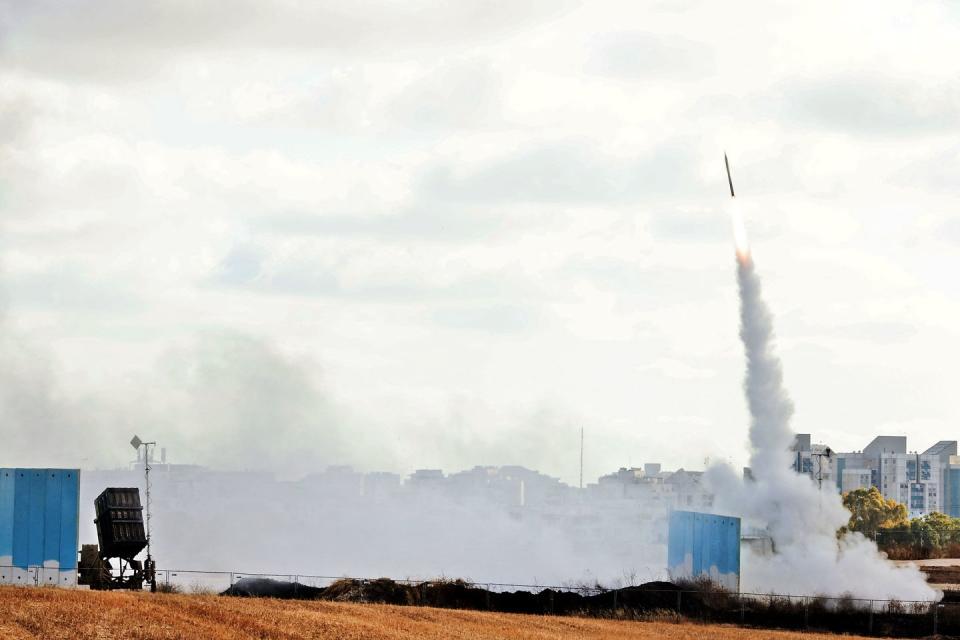
Point Defense Systems to Protect Critical Infrastructure
A new, previously unsupplied capability the report recommends are “point defense systems to protect critical infrastructure.” Russia’s precision guided missiles have sufficient range to target the depth and width of Ukraine, leaving no potential target unsafe. Train stations, dams, utilities, government buildings, air bases, ground bases, all are potential targets whose loss could cripple Ukraine’s military capability, morale, or economy.
Point defense systems include Israel’s Iron Dome missile system, which can engage incoming rockets, drones, and cruise missiles. Another is the C-RAM point defense system, the land version of the Phalanx close-in weapon system that protects U.S., NATO, and Japanese ships from aerial threats. Another useful defense is the Norwegian NASAMS short and medium range air defense system, which could protect an entire city from Russian cruise missiles. The U.S. recently announced it was sending two complete NASAMS sets to Ukraine.
Russia’s persistence in fighting a war it has failed to win—and has little prospect of completely winning—means that Ukraine will have to decisively beat it in the field. The war has evolved over time, requiring new tactics and weapons to adapt to changing conditions. Six months from now a different report could recommend an entirely new set of weapons. Regardless, these are the weapons Ukraine needs now, both to win the war and protect the civilian population.
You Might Also Like

